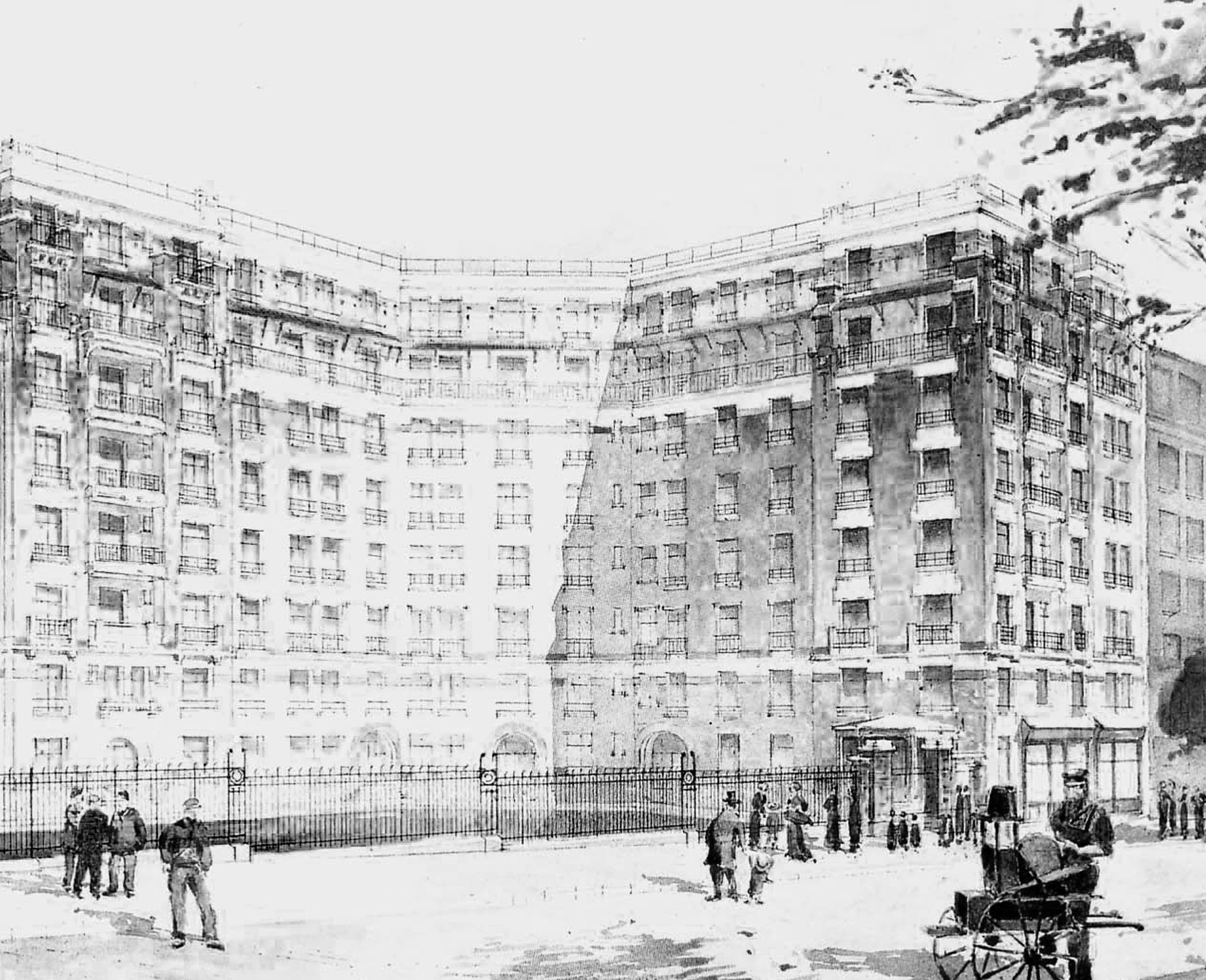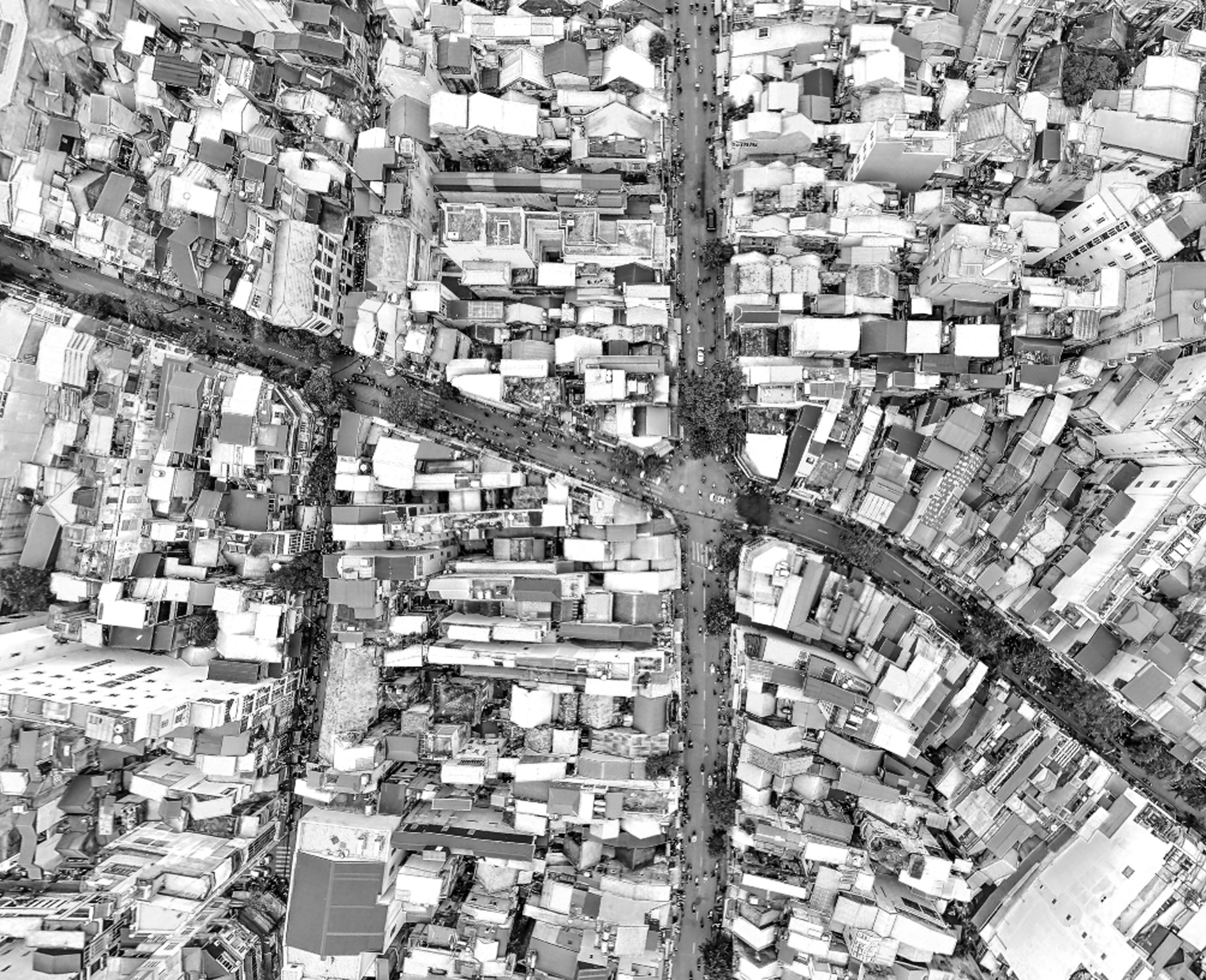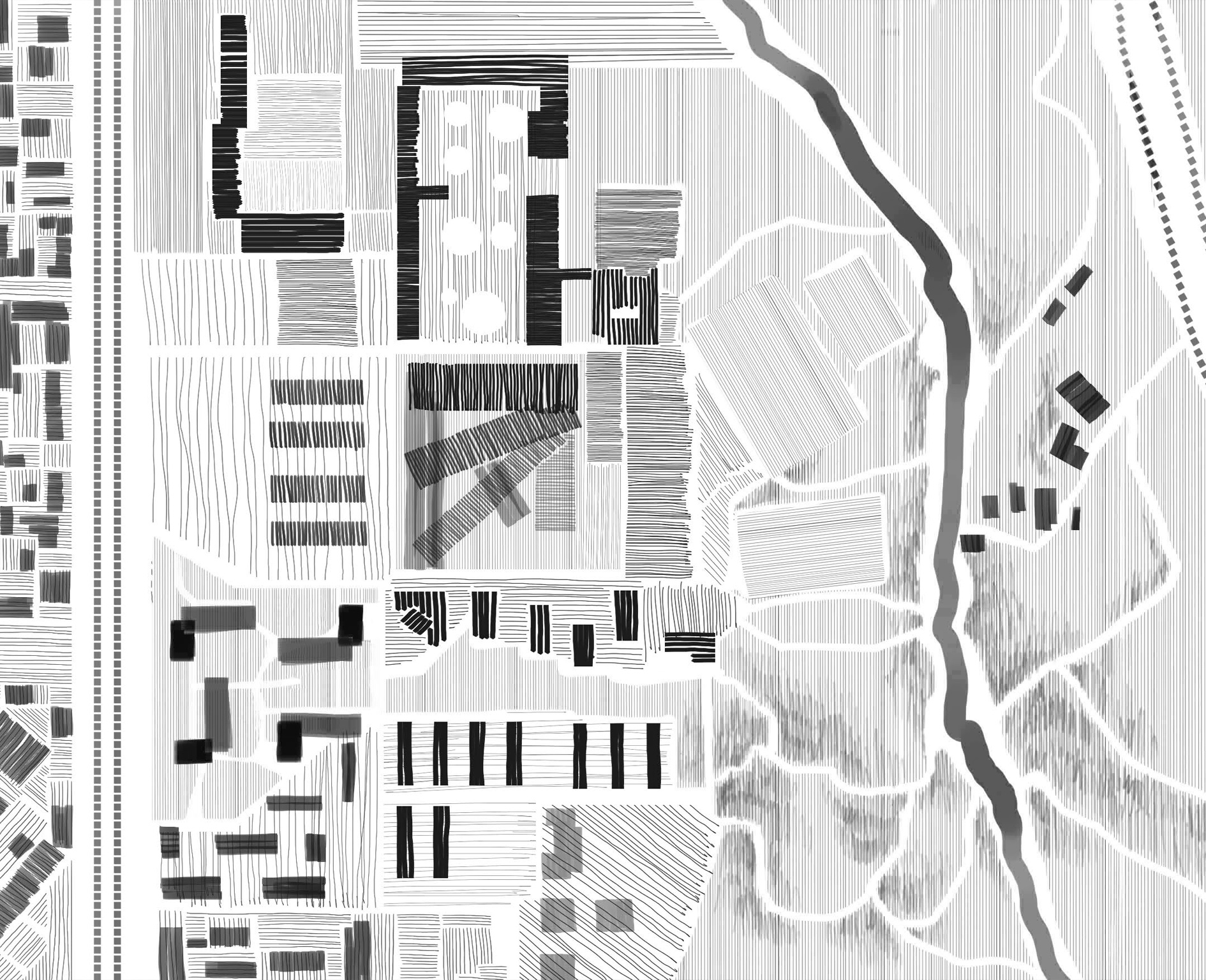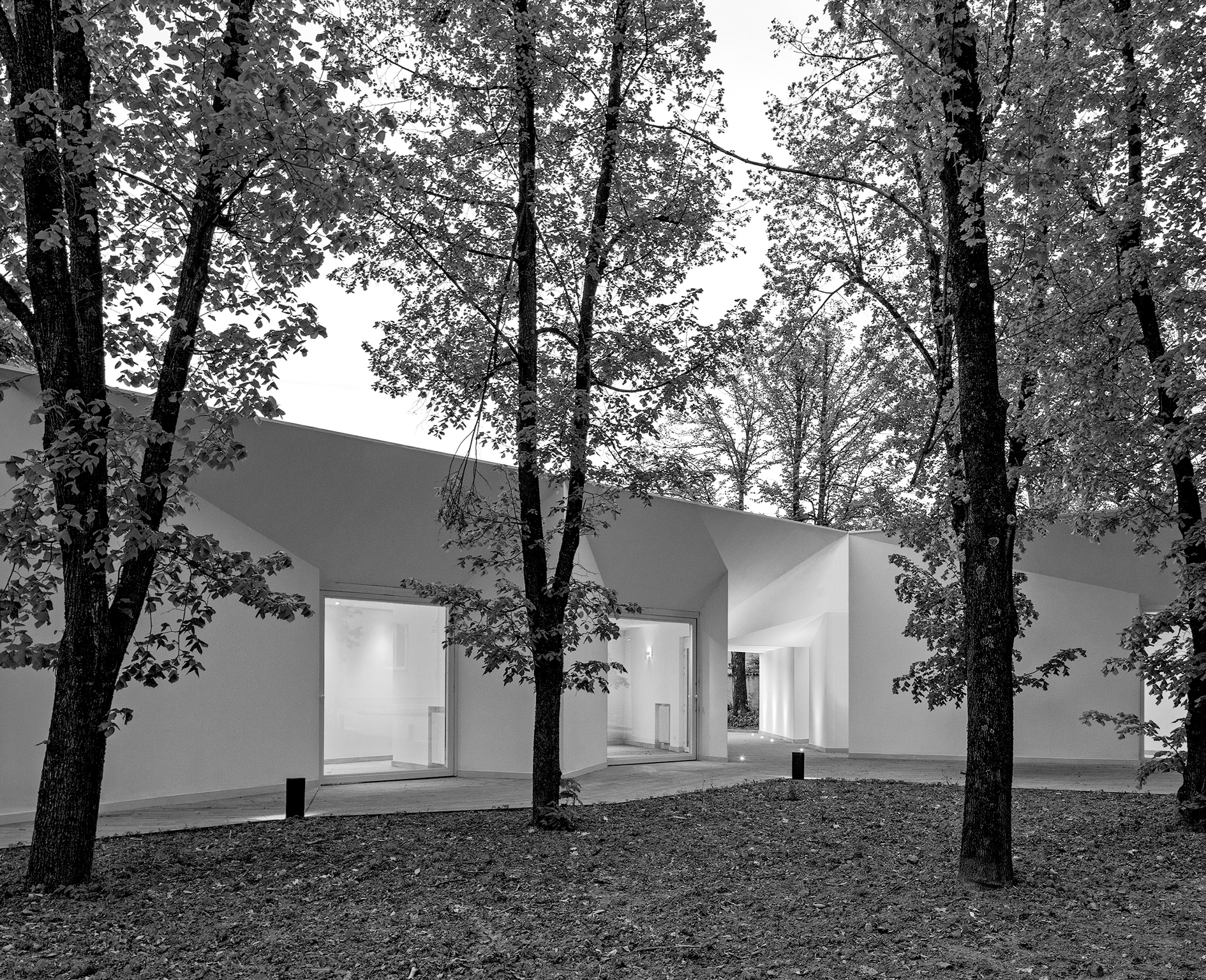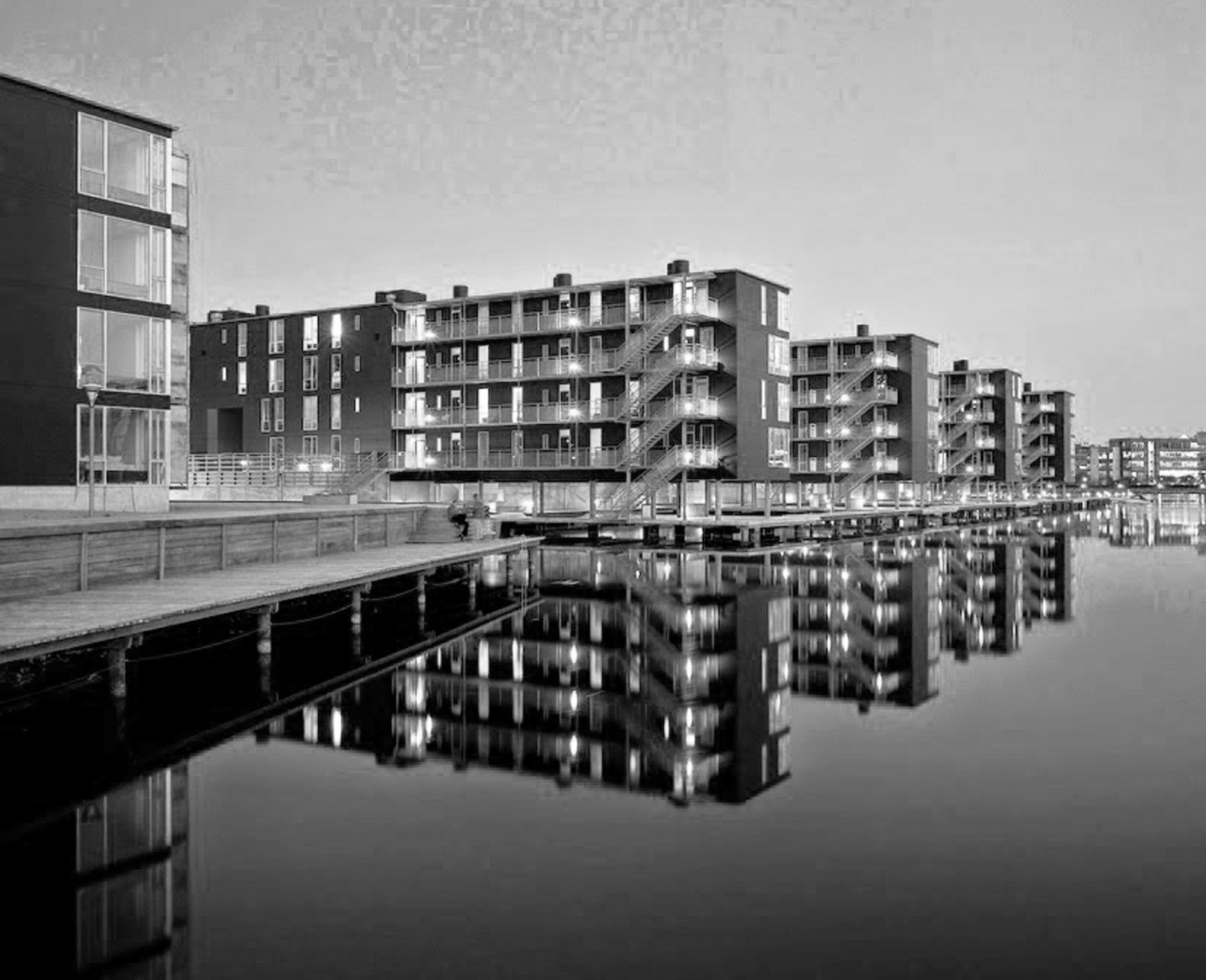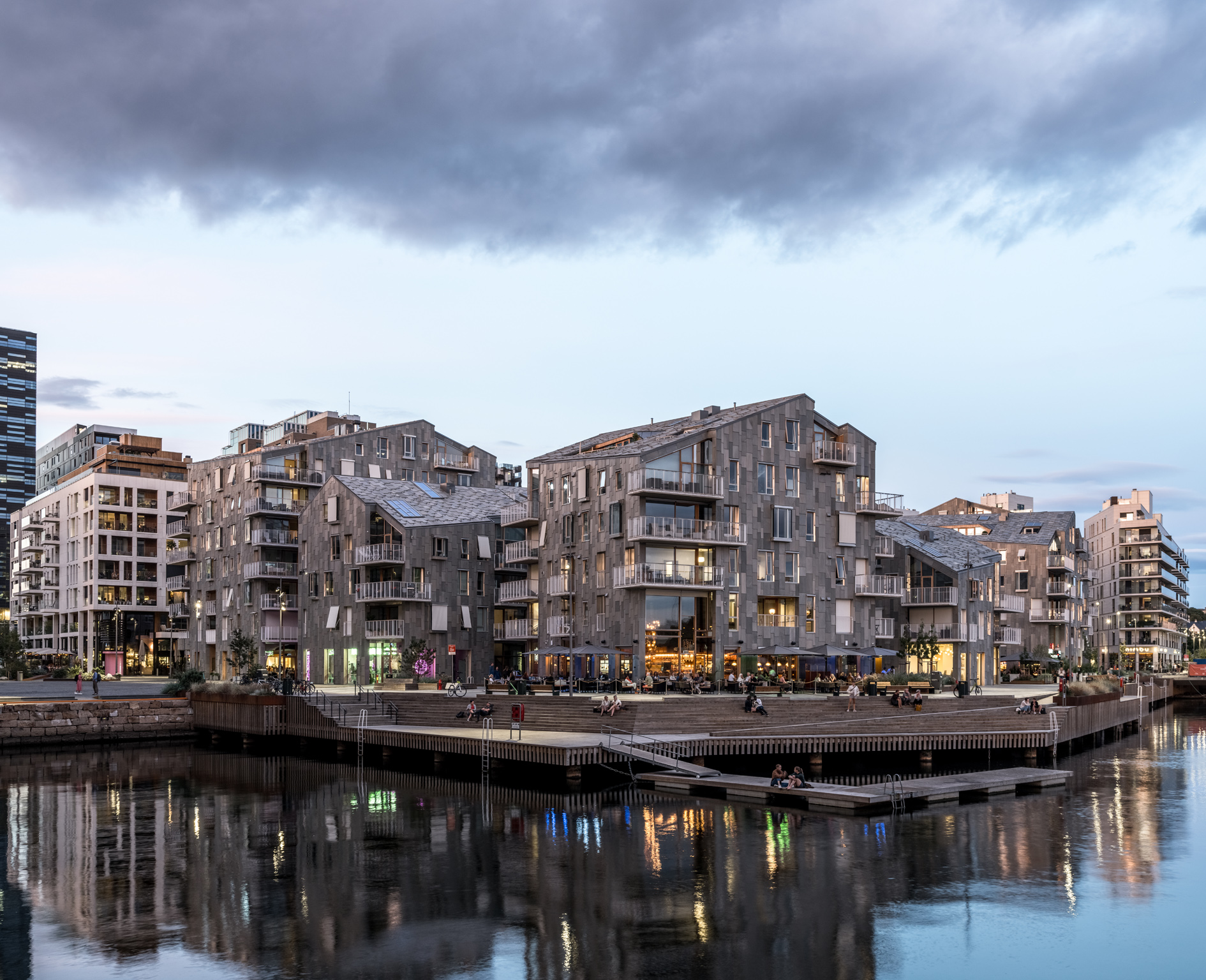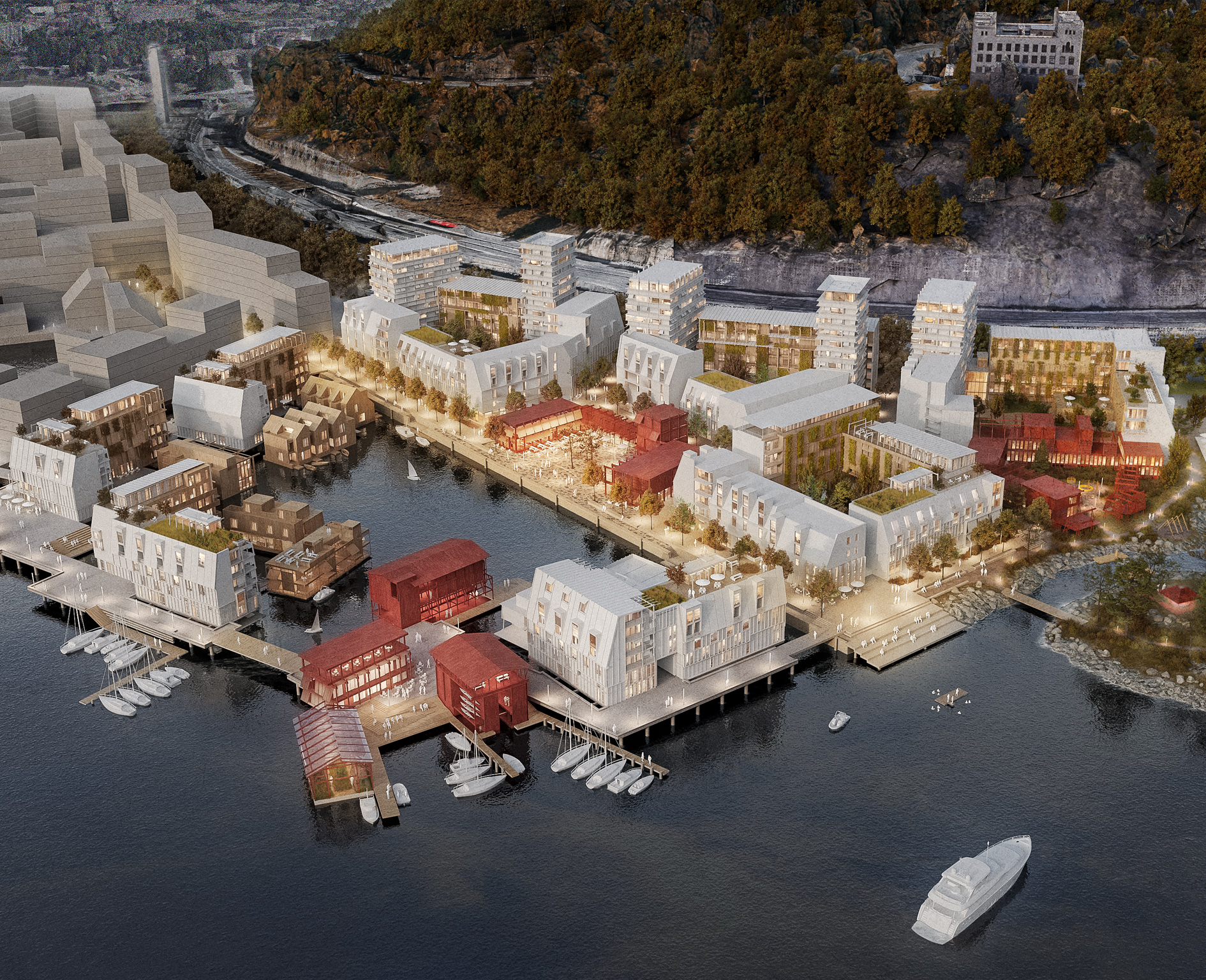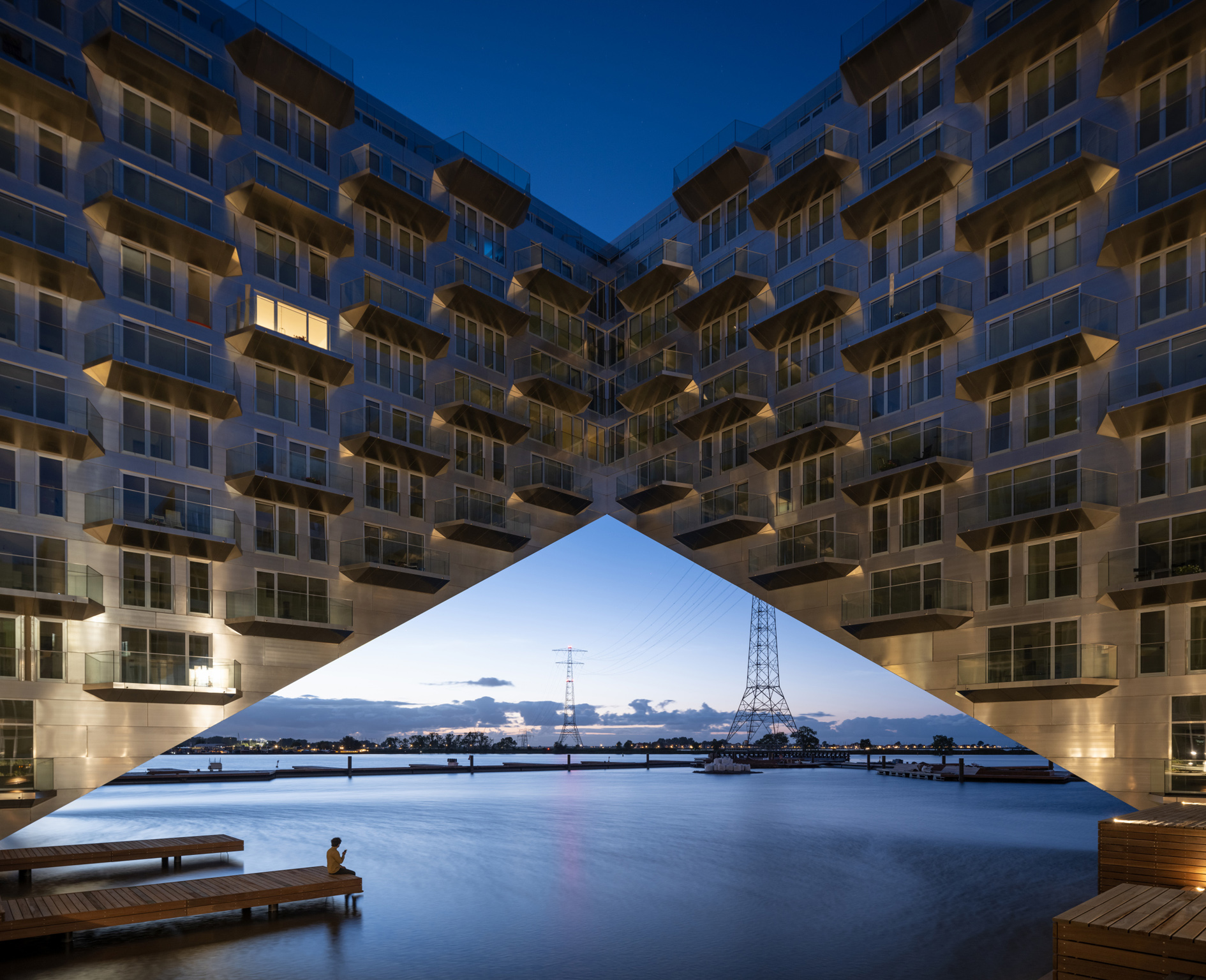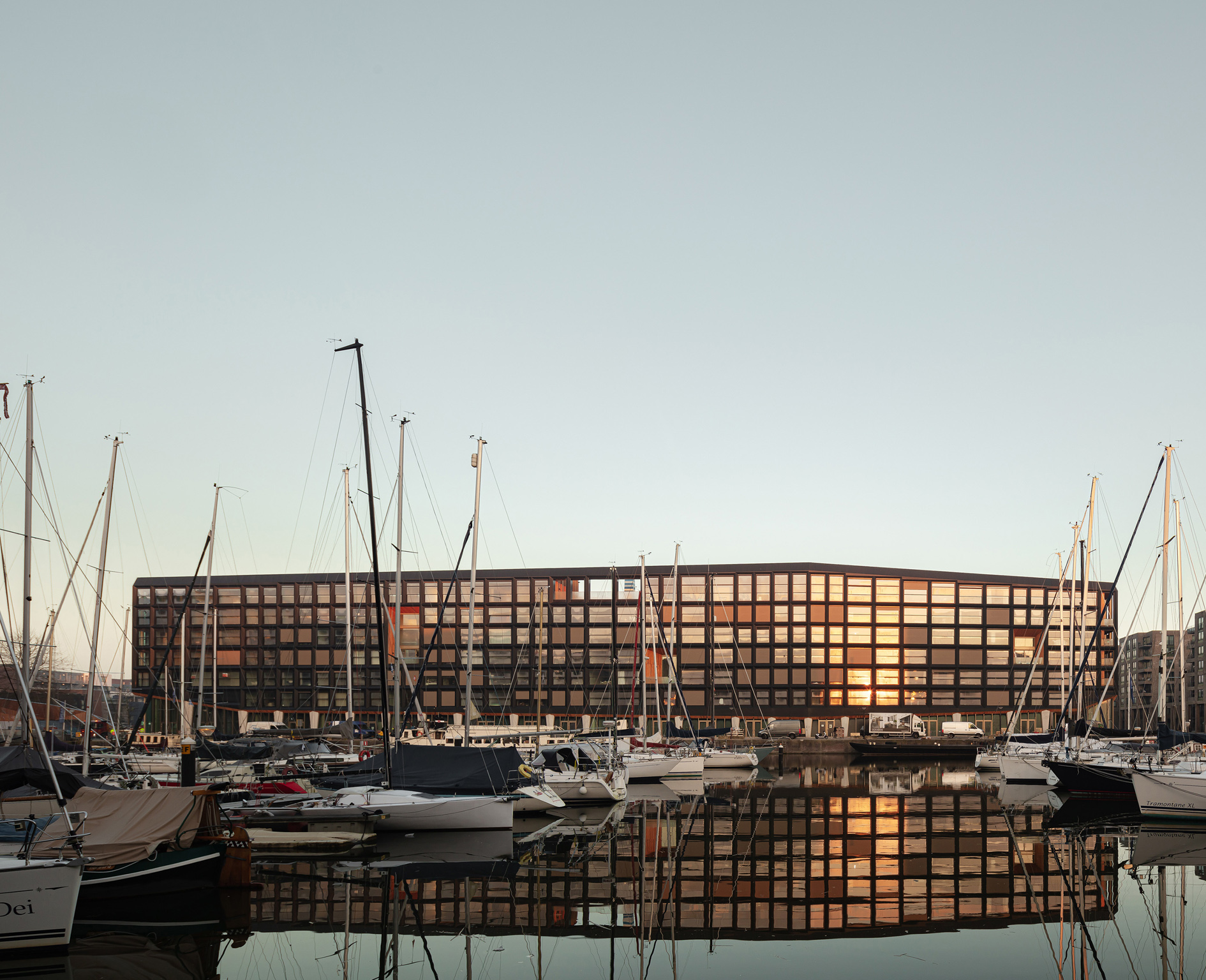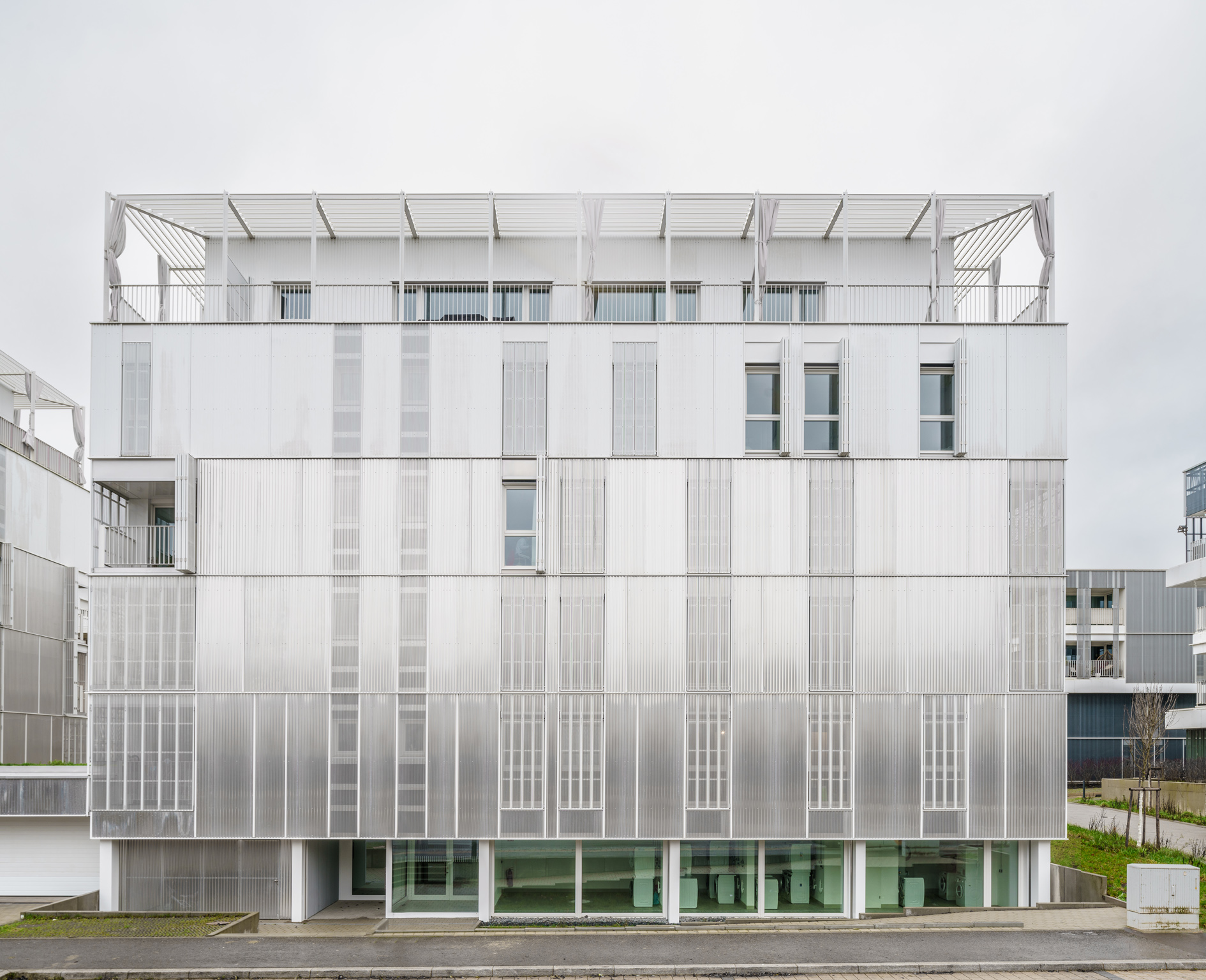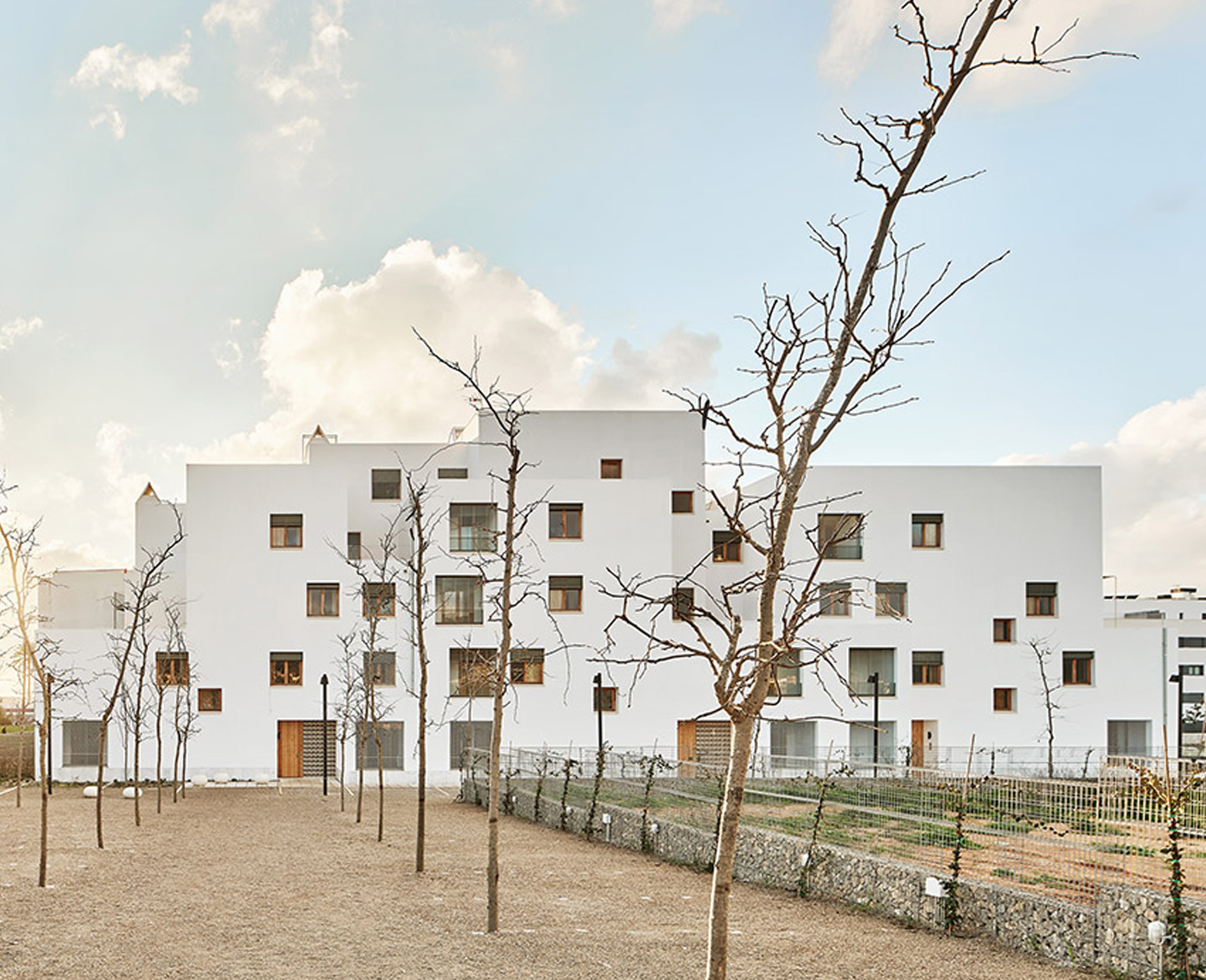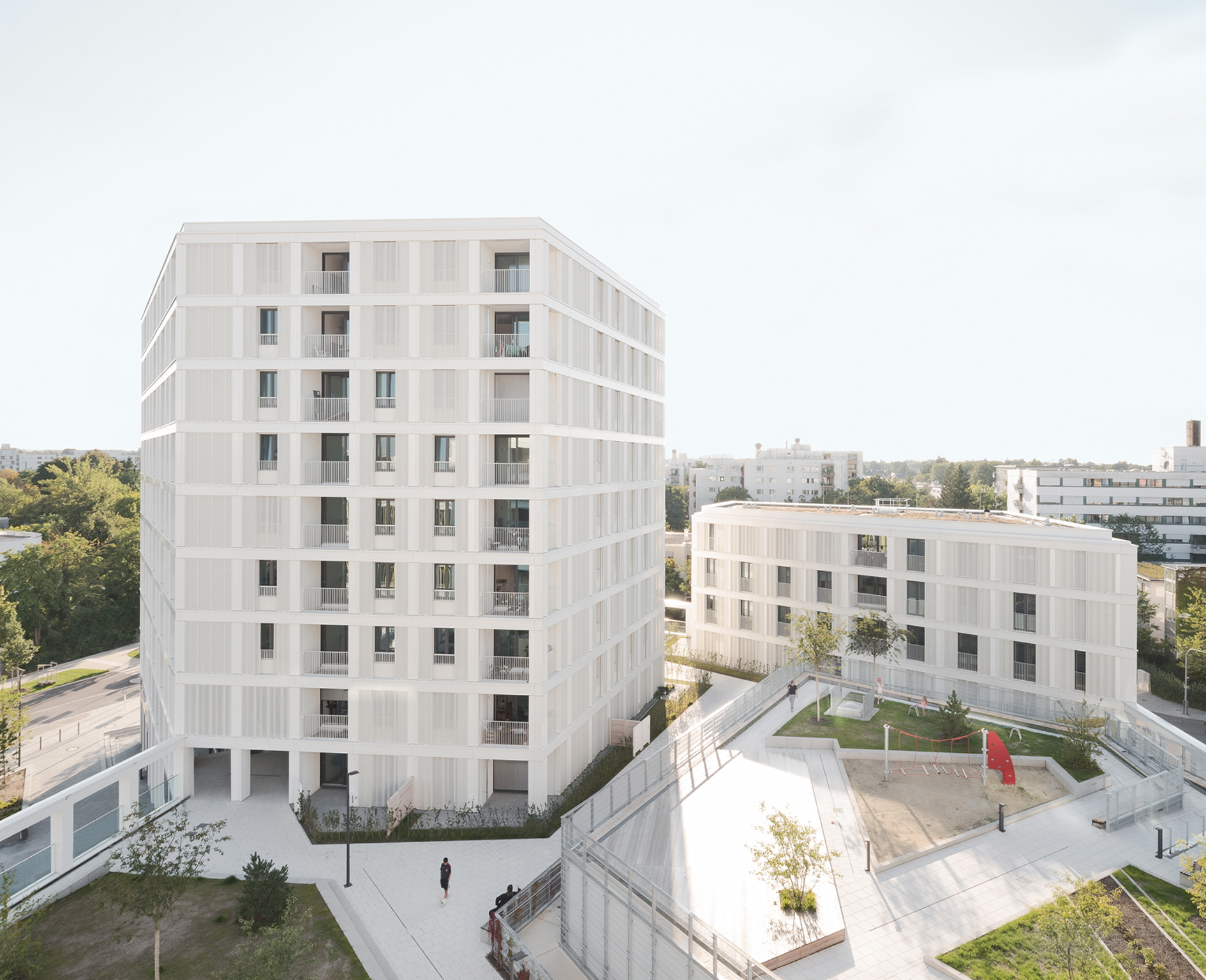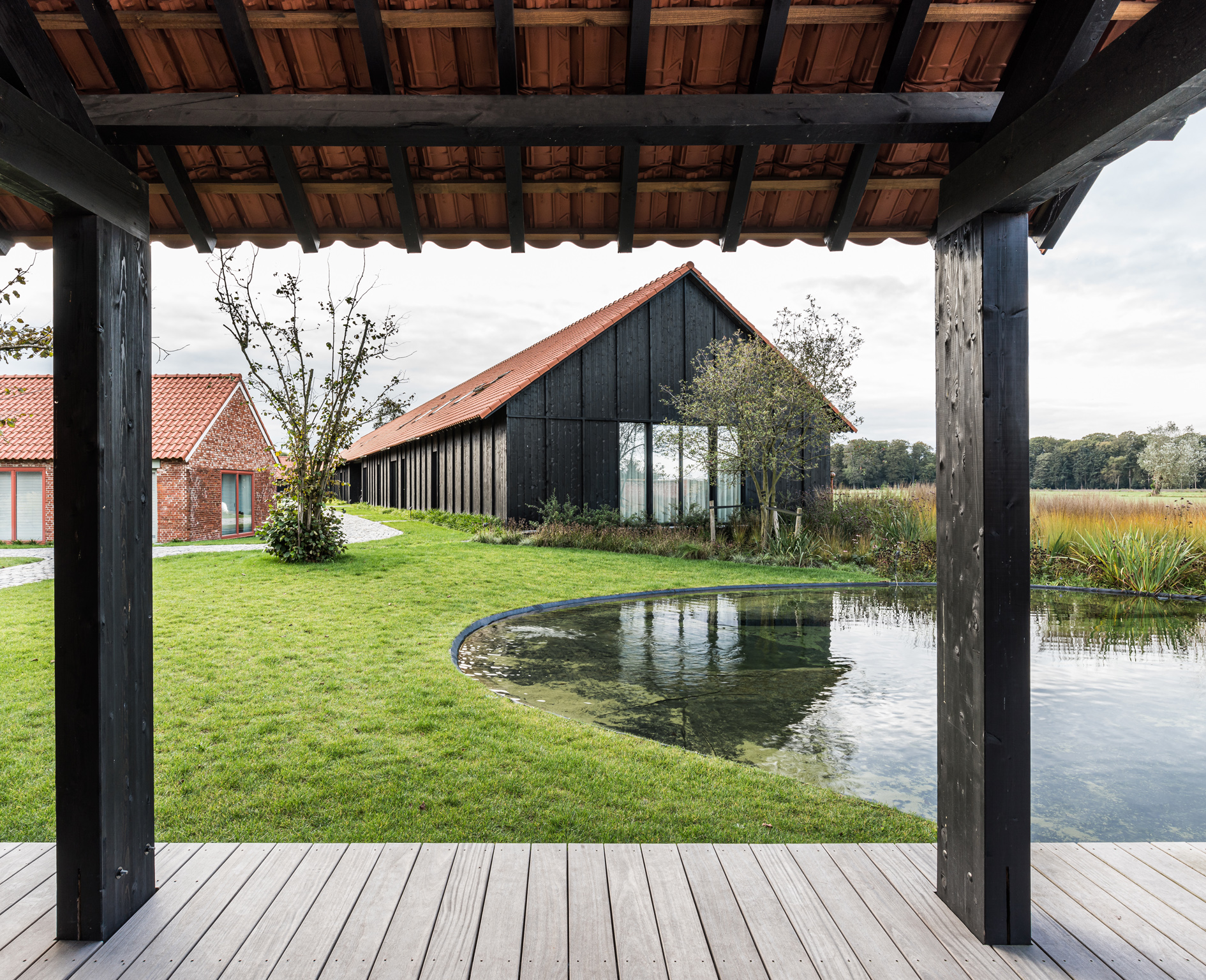NOV
DIC
2023
Places for Living between Home and City
Despite the European population growing by around 4% with an uneven distribution over the territory, many cities are pursuing urban transformation policies centered on residential neighborhoods. The goal is to propose new models of living and using the city while respecting environmental resources. These policies accept the most urgent challenges, such as reducing land consumption and densification, the coexistence of different ethnic groups and cultures, and climate and energy emergencies. In this perspective, they focus on housing as one of the main economic and social development engines. The pivot is its potential to generate alternative forms of urbanity that are more suitable to current lifestyles and capable of strengthening the collective dimension of living while still respecting individuality. Throughout history, design research on housing and its forms has constituted an expression of man’s ability to translate how he relates to his fellow human beings and the environment into forms of spatial organization. Undoubtedly, this attitude needs to be recovered to overcome the standardization and homogenization of our habitats and to safeguard the principles of sociality and sharing at the foundation of our tendency to aggregate and create societies. Thus, dealing with the urban dimension of residence, means considering it again as a generator of a system of proximity relations, which vary according to their belonging contexts, and shifting attention from the building object to its capacity to determine the expressive characters and articulation of empty spaces. We believe that the variability of building types and urban morphology can positively influence the diversification of behavior in the use of the city and the land due to its capacity to satisfy less uniform and more varied lifestyles. Thus, this journal issue is dedicated to the voids between houses, the intermediate spaces Herman Hertzberger defined as “places for the encounter and dialogue between different areas with different spatial vocations, from the private to the public sphere”. Although belonging to the public or private domain, transitional spaces are crucial because they are equally accessible from either side. The ability of contemporary residential settlements to build proximity relationships within free public domains, granting urban fabrics diversity and multiplicity of character in low-density and high-density contexts, depends on these spaces. Voids between houses are places of mediation between architecture and the city. They determine the quality of the settlement structure and inhabitants’ ability to appropriate common spaces. Finally, they constitute a valuable resource for environmental and energy sustainability.


